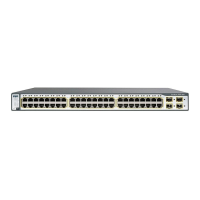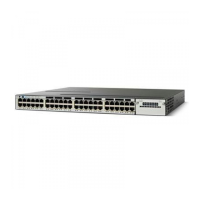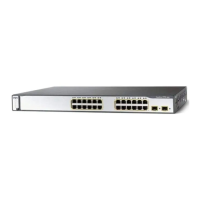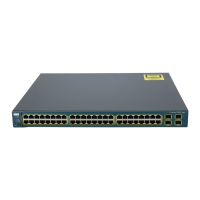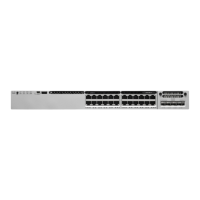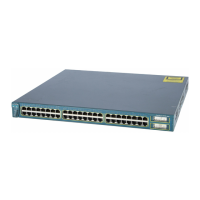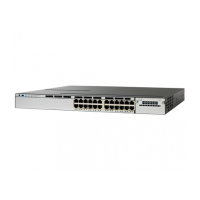Contents
xxxi
Catalyst 3750-E and 3560-E Switch Software Configuration Guide
OL-9775-08
Generated Auto-QoS Configuration 37-24
VOIP Device Specifics 37-24
Enhanced Auto-QoS for Video, Trust, and Classification 37-25
Auto-QoS Configuration Migration 37-25
Global Auto-QoS Configuration 37-26
Auto-QoS Generated Configuration For VoIP Devices 37-29
Auto-QoS Generated Configuration For Enhanced Video, Trust, and Classify Devices 37-30
Effects of Auto-QoS on the Configuration 37-33
Auto-QoS Configuration Guidelines 37-33
Auto-QoS VoIP Considerations 37-33
Auto-QoS Enhanced Considerations 37-34
Enabling Auto-QoS 37-34
Troubleshooting Auto QoS Commands 37-35
Displaying Auto-QoS Information 37-35
Configuring Standard QoS 37-36
Default Standard QoS Configuration 37-36
Default Ingress Queue Configuration 37-37
Default Egress Queue Configuration 37-38
Default Mapping Table Configuration 37-39
Standard QoS Configuration Guidelines 37-39
QoS ACL Guidelines 37-39
IPv6 QoS ACL Guidelines 37-39
Applying QoS on Interfaces 37-39
Configuring IPv6 QoS on Switch Stacks 37-40
Policing Guidelines 37-40
General QoS Guidelines 37-41
Enabling QoS Globally 37-41
Enabling VLAN-Based QoS on Physical Ports 37-42
Configuring Classification Using Port Trust States 37-43
Configuring the Trust State on Ports within the QoS Domain 37-43
Configuring the CoS Value for an Interface 37-44
Configuring a Trusted Boundary to Ensure Port Security 37-45
Enabling DSCP Transparency Mode 37-46
Configuring the DSCP Trust State on a Port Bordering Another QoS Domain 37-47
Configuring a QoS Policy 37-49
Classifying Traffic by Using ACLs 37-49
Classifying Traffic by Using Class Maps 37-54
Classifying Traffic by Using Class Maps and Filtering IPv6 Traffic 37-58
Classifying, Policing, and Marking Traffic on Physical Ports by Using Policy Maps 37-59
Classifying, Policing, and Marking Traffic on SVIs by Using Hierarchical Policy Maps 37-64
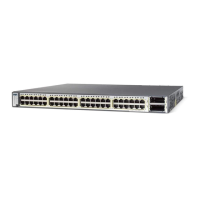
